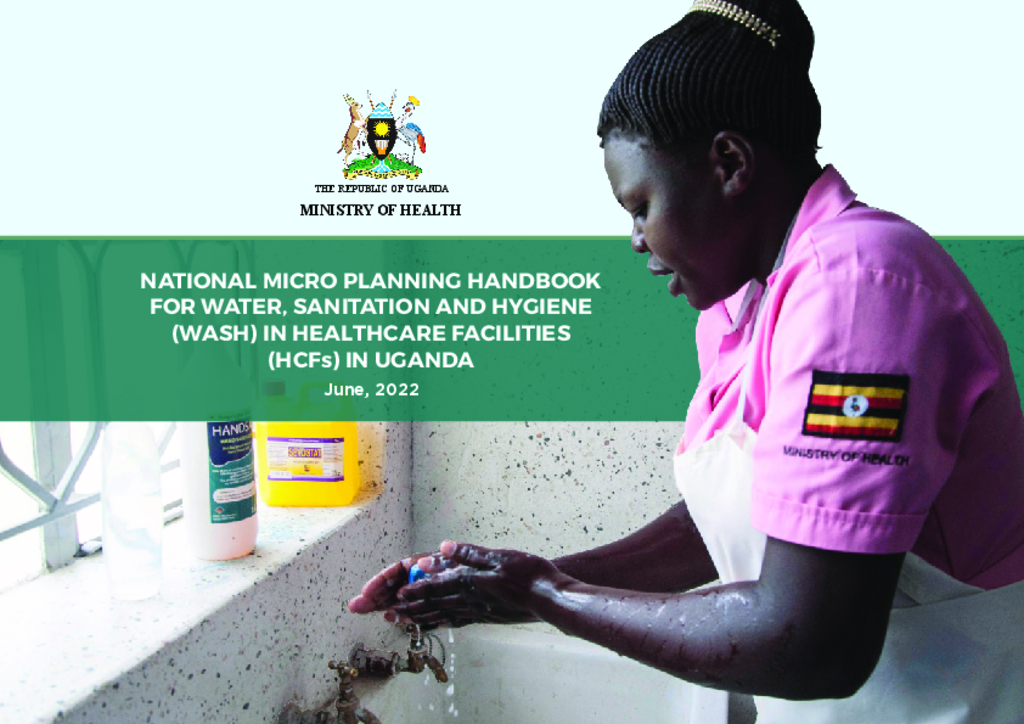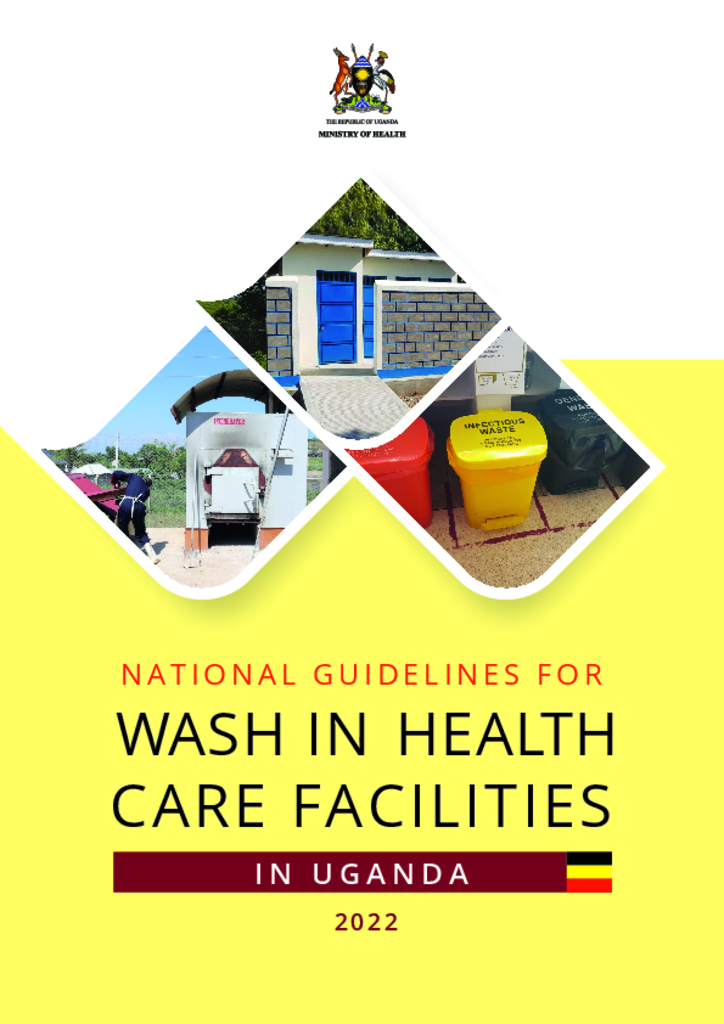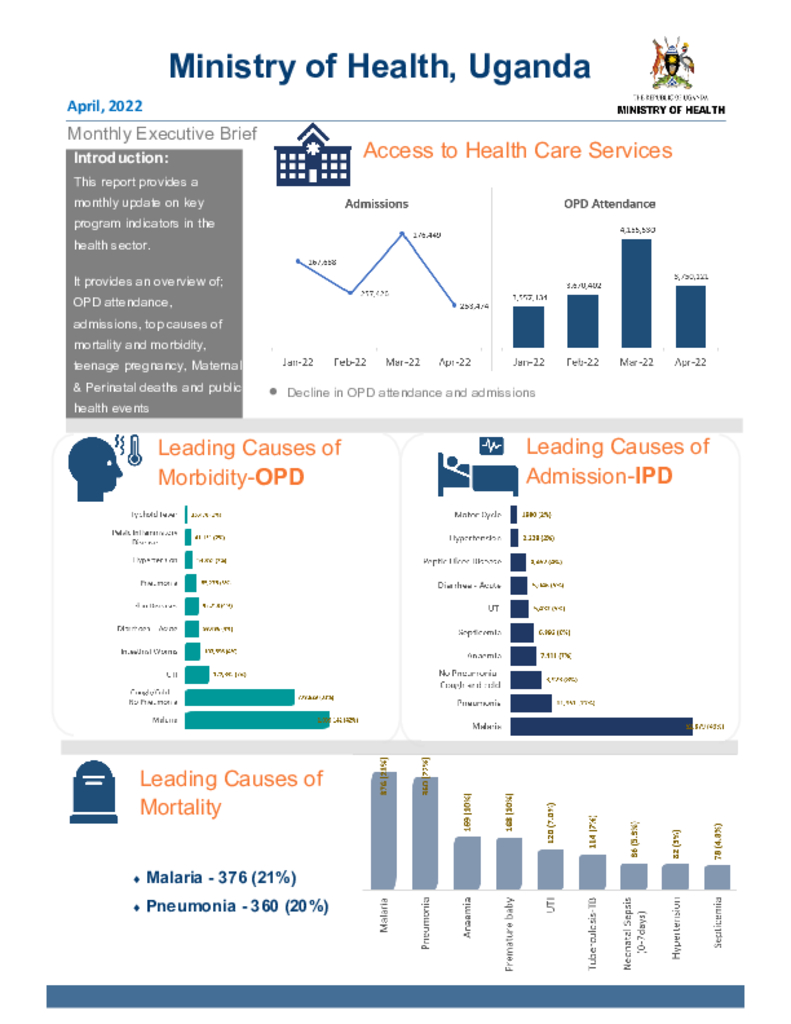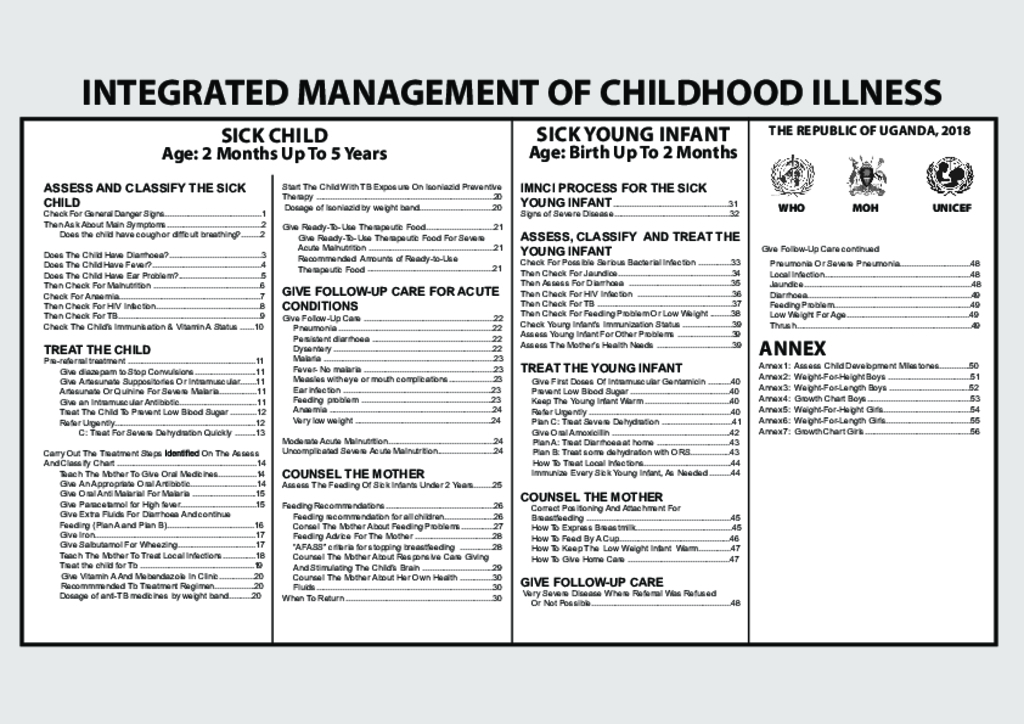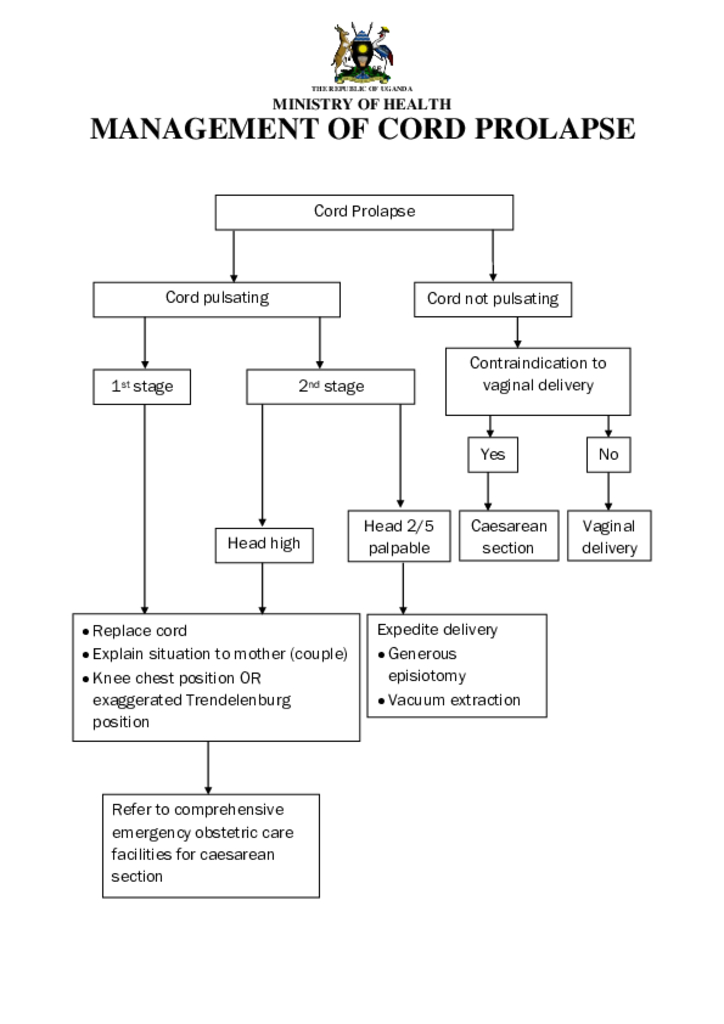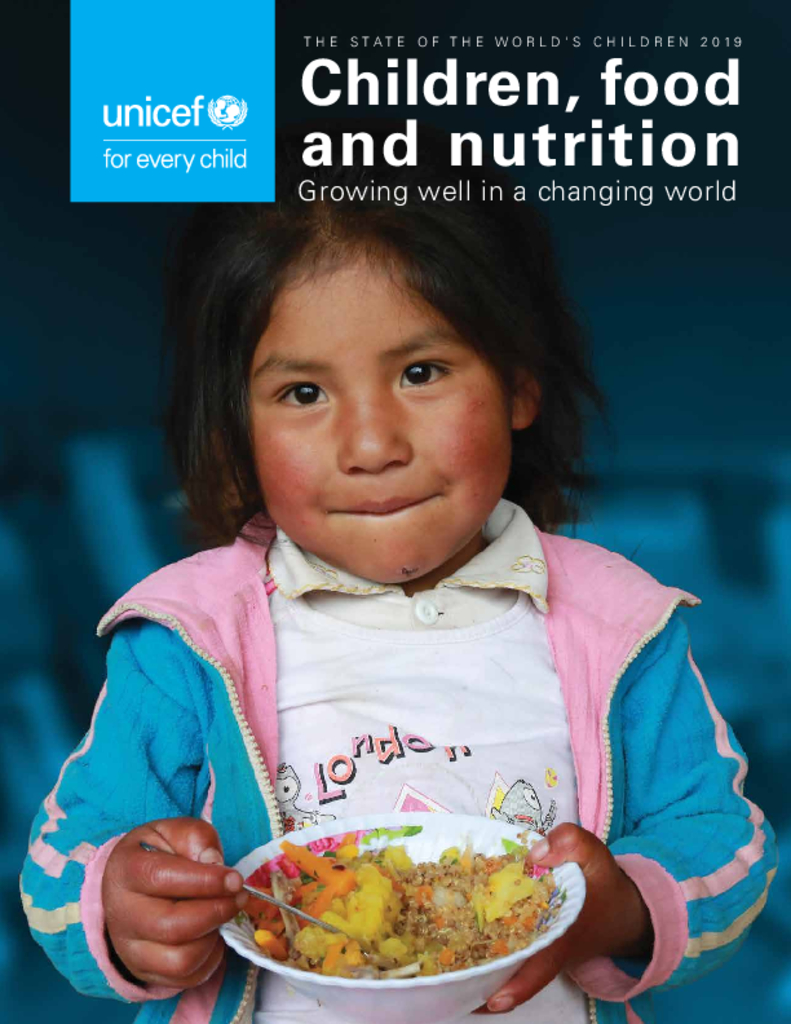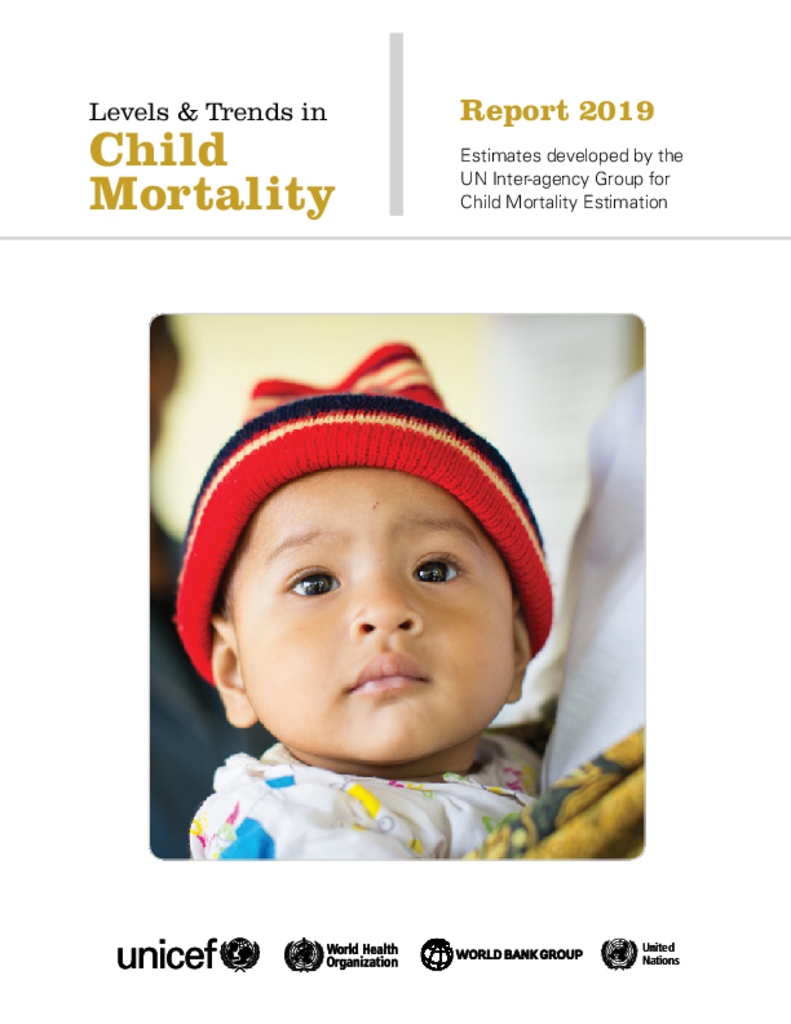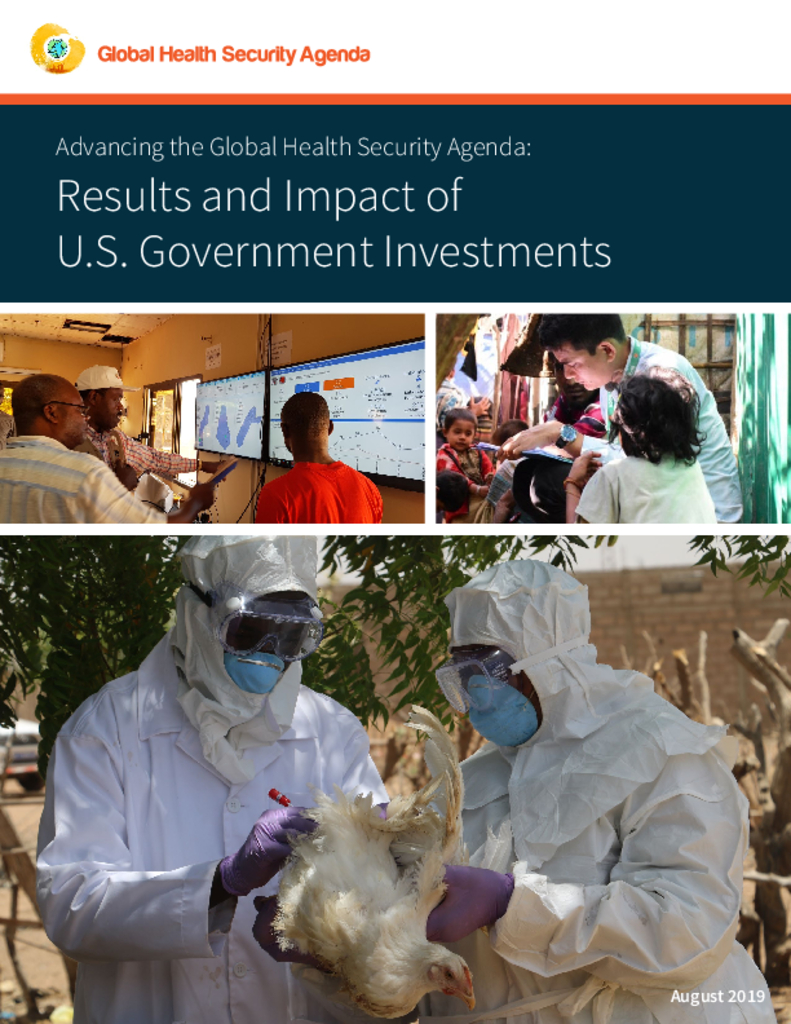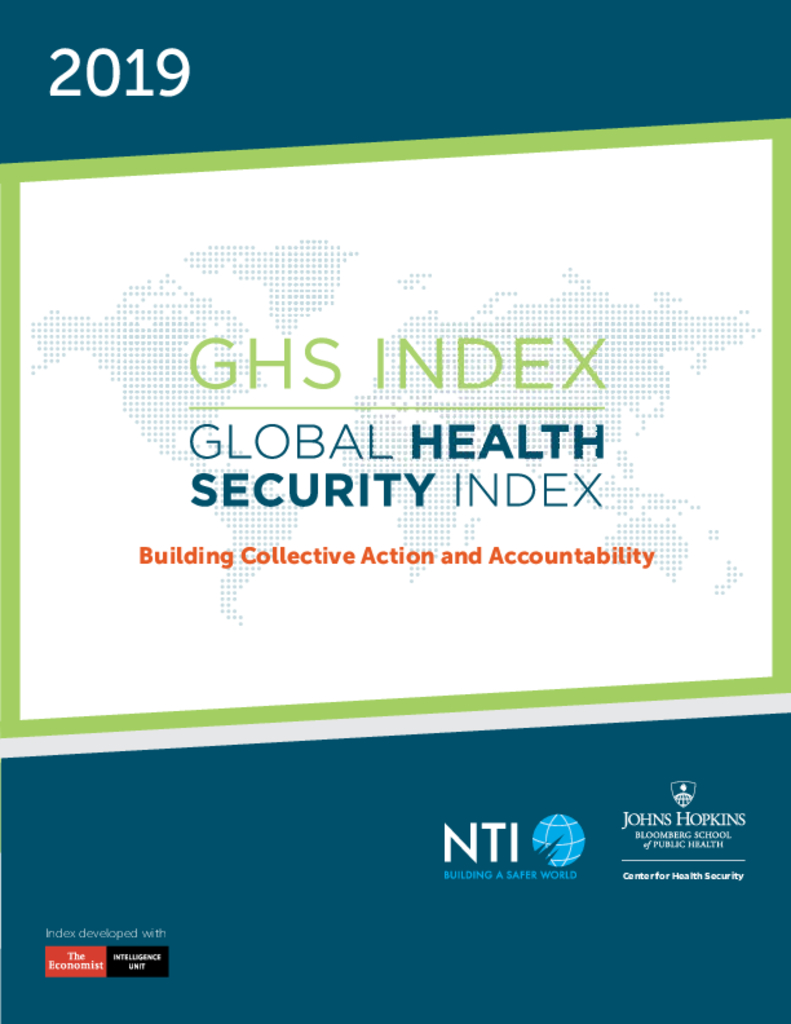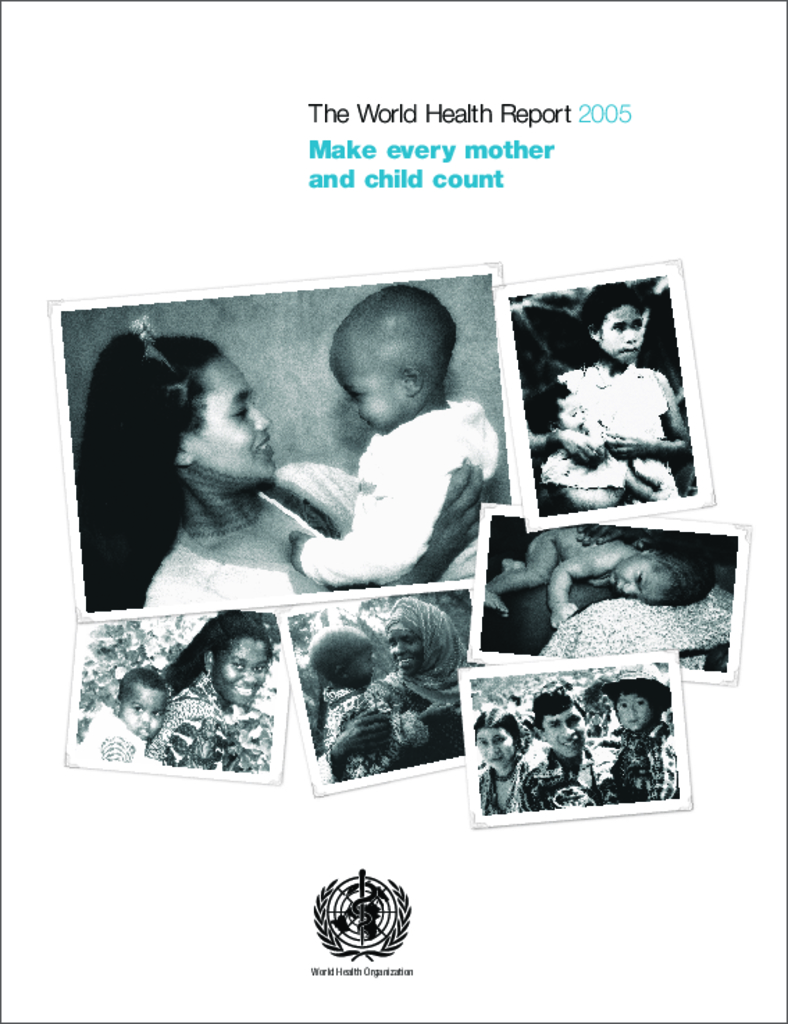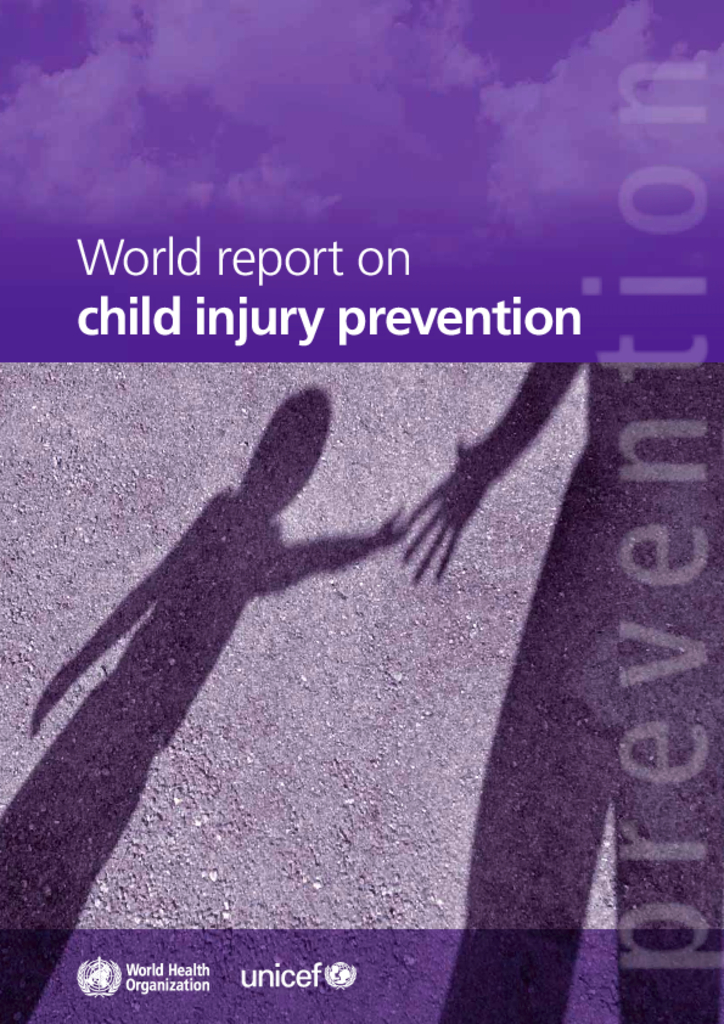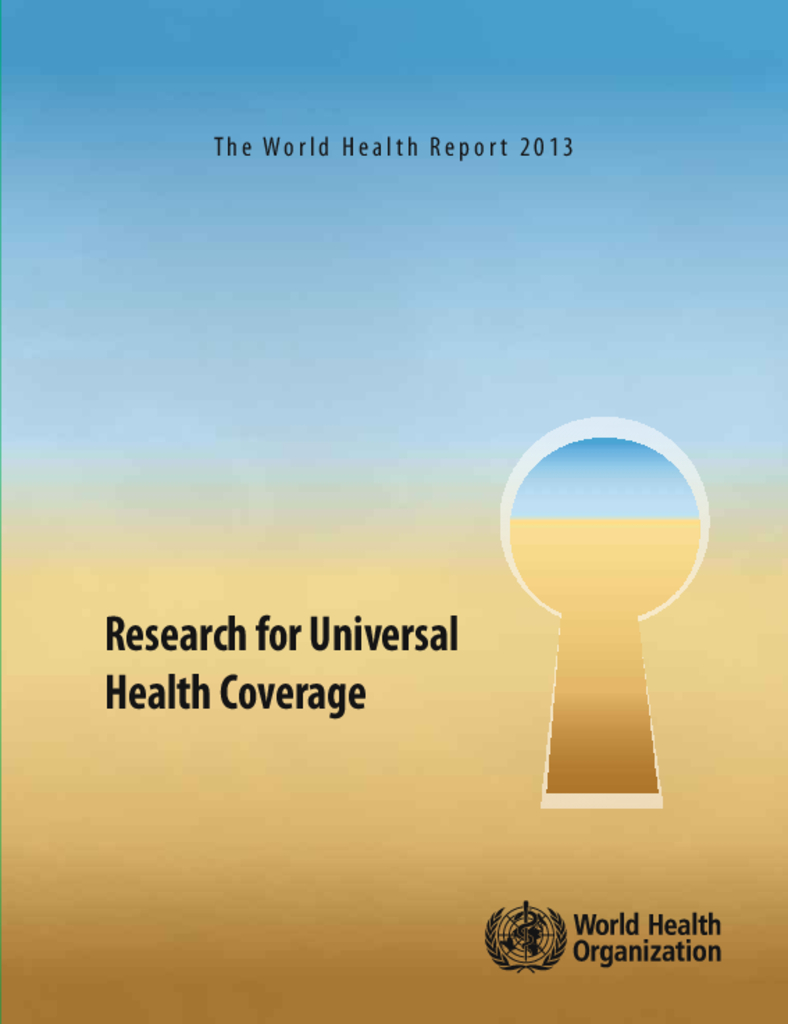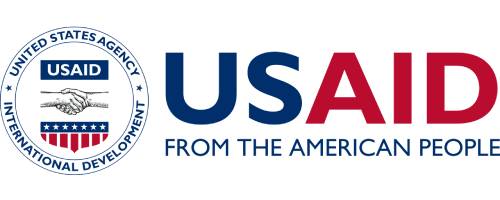The Ministry of Health recognizes that access to safe water, sanitation and hygiene (WASH) in health facilities is critical in the reduction of diseases, improved occupational health, more efficient health care services, improved staff morale and performance. The micro planning data generated will guide line ministries, local government authorities and development partners to position WASH in the health care facilities agenda within the Water and Health sectors. Additionally, it will support the development of a roadmap for achieving WASH-related sustainable development goals for health institutions.
The Sustainable Development Goals (SDG) 3 and SDG 6 reinforce the need to ensure adequate WASH services, which will result in a reduction in maternal mortality, ending preventable newborn deaths, and providing quality universal health coverage. The rationale of the WASH guidelines is to document procedures and provide a framework for strategic planning, implementation of functional and effective WASH services in healthcare facilities in Uganda. These guidelines offer a basis for creating the minimum conditions required for providing healthcare services in a healthy environment for healthcare workers, patients and visitors to the healthcare premises. They also serve as a tool for monitoring the performance of WASH in health care facilities.
This report provides a monthly update on key program indicators in the health sector. It provides an overview of; OPD attendance, admissions, top causes of mortality and morbidity, teenage pregnancy, Maternal & Perinatal deaths and public health events.Overall number of teenage pregnancies were 12% lower than those registered in March 2022.Highest number in Wakiso, Kampala, Kasese, Kamuli, Mayuge, Oyam, Tororo and Buyende Districts.
Integrated Management of Childhood Illness
Management of Cord Prolapse
Globally, at least 1 in 3 children is not growing well due to malnutrition in its more visible forms: stunting, wasting and overweight. At least 1 in 2 suffers from hidden hunger due to deficiencies – often not visible – in essential nutrients
Tremendous progress in child survival has been made over the past two decades. The total number of deaths among children and young adolescents under 15 years of age dropped by 56 per cent from 14.2 (14.0, 14.5)1 million in 1990 to 6.2 (6.0, 6.7) million in 2018. Still, one child or young adolescent died every five seconds in 2018.
This report details the results and progress achieved through United States investments in global health security, including efforts that enhance the global capacity to respond to and contain outbreaks of high-threat diseases such as Ebola, Zika, Rift Valley fever, and pandemic influenza.
The Global Health Security (GHS) Index is the first comprehensive assessment and benchmarking of health security and related capabilities across the 195 countries that make up the States Parties to the International Health Regulations (IHR [2005]).
This year’s World Health Report comes at a time when only a decade is left to achieve the Millennium Development Goals (MDGs), which set internationally agreed development aspirations for the world’s population to be met by 2015. These goals have underlined the importance of improving health, and particularly the health of mothers and children, as an integral part of poverty reduction.
Child injuries have been neglected for many years, and are largely absent from child survival initiatives presently on the global agenda. Th rough this World report on child injury prevention, the World Health Organization, the United Nations Children’s Fund and many partners have set out to elevate child injury to a priority for the global public health and development communities. Th e knowledge and experience of nearly two hundred experts from all continents and various sectors were invaluable in grounding the report in the realities faced in many countries.
Universal health coverage, with full access to high-quality services for health promotion, prevention, treatment, rehabilitation, palliation and financial risk protection, cannot be achieved without evidence from research. Research has the power to address a wide range of questions about how we can reach universal coverage, providing answers to improve human health, well-being and development
